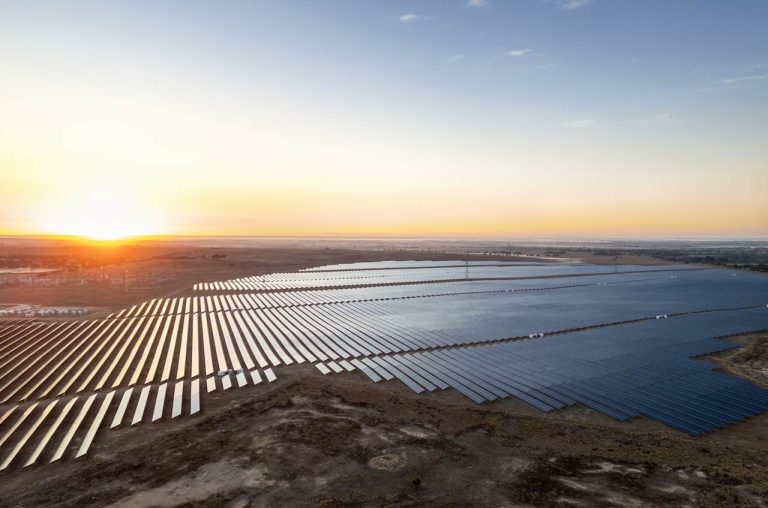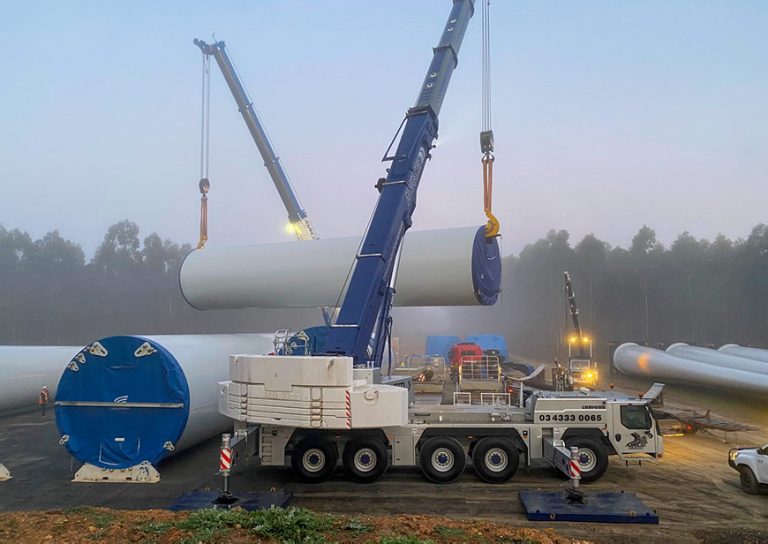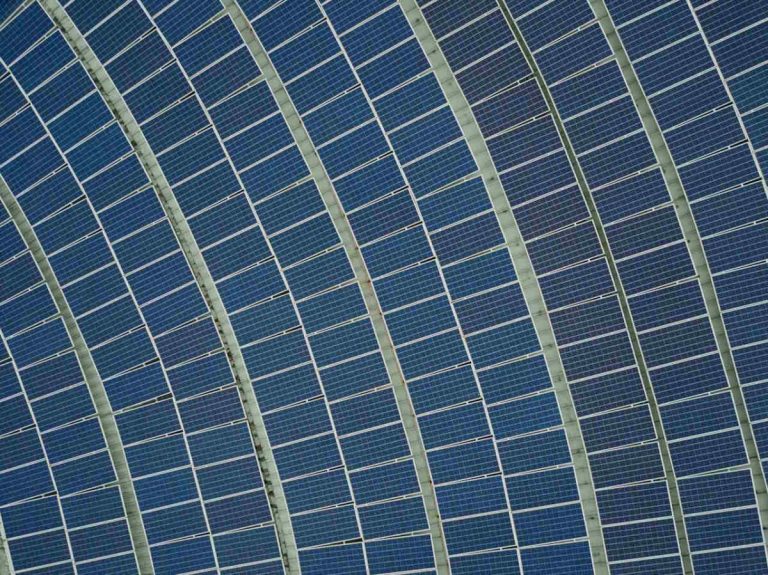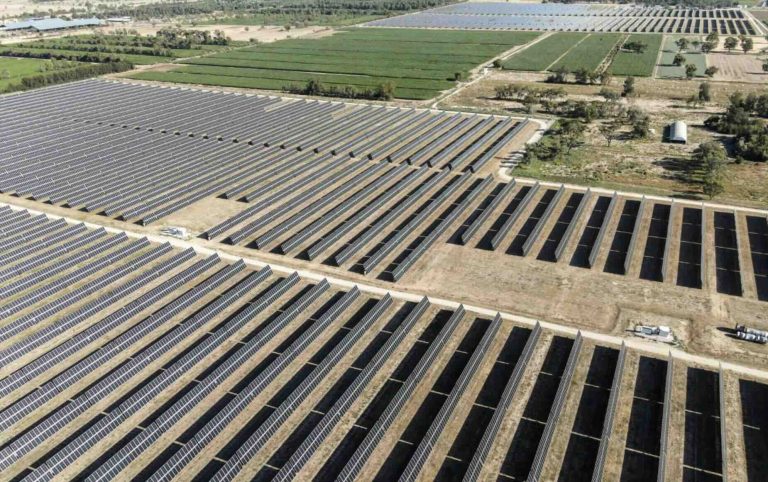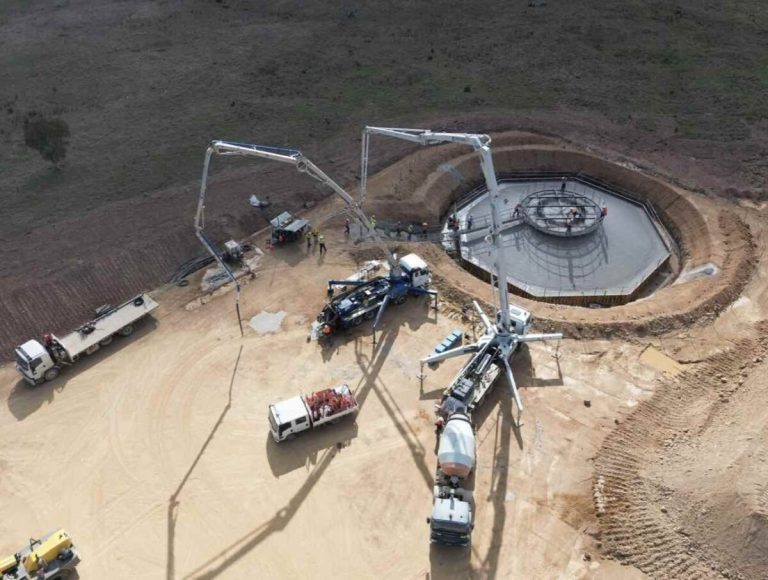Google and CSIRO’s Smart Inverters for Renewable Energy
Australian scientists have partnered with Google’s secretive research and development division to explore methods of incorporating more renewable energy into conventional electricity grids.
Referred to as the “moonshot factory,” X revealed its collaboration with the CSIRO to create intelligent inverters that could potentially hasten the shift towards renewable energy sources.
Enhancing Grid Stability and Renewable Energy Integration
Researchers from both organisations have been working on inverter prototypes, with some already undergoing testing in Newcastle, demonstrating the capability to stabilise electricity grids and facilitate the integration of solar, wind, and hydro power sources.
Debate Over Australia’s Energy Future
This development comes amidst a heated discussion regarding Australia’s energy trajectory, with the Labour government aiming for 82% renewable energy by 2030, while the Coalition advocates for the construction of seven nuclear plants by 2050.
The smart inverters are part of X’s Tapestry renewable energy initiative, with the company’s prototype inverter leveraging technology from electric vehicles. It incorporates additional sensors, software for communication with solar panels and batteries, and a durable material, silicon carbide, surpassing traditional inverters.
Leo Casey, the chief scientist at Tapestry, highlighted that the smart inverters are engineered to regulate the influx of renewable energy into conventional grids, preventing oversupply, responding to demand fluctuations, and averting blackouts.
Dr Casey emphasised the importance of ensuring grid stability while increasing renewable energy capacity, addressing the challenges posed by the interaction between legacy grid infrastructure and modern devices.
CSIRO’s principal research scientist, Julio Braslavsky, mentioned that the agency had conducted trials on a low-powered version of the smart inverters and was preparing for high-power trials in August.
Dr Braslavsky explained that if successful, this technology could optimise the utilisation of renewable energy generated by rooftop solar installations in Australia, efficiently distributing power across the network in real-time.
The objective is for these inverters to contribute to grid balancing, reducing congestion and enabling the effective utilisation of power without the need for additional generators.
Dr Casey revealed plans to share their research findings at an upcoming energy conference in July, aiming to generate interest in trialling the devices within existing electricity grids.
Driving Towards Greener and More Reliable Energy Networks
Page Crahan, the general manager of Tapestry, articulated the project’s overarching goal of establishing eco-friendlier and more resilient electricity networks, reshaping global perspectives on renewable energy.
Crahan expressed the team’s motivation to demonstrate the feasibility of operating energy systems with significantly higher renewable energy proportions than current standards.

